The Poor Knights Islands Made Me Wish I’d Learnt Diving
For 15 years, I dreamt about diving and exploring the ocean but never got round to learning it. I’d tell myself that I’d never dive often enough to make it worthwhile. Imagine all that high-quality scuba gear (I don’t compromise) sitting pretty for months at home, only to malfunction when it touched water due to disuse. It was an excuse that kept FOMO at bay for years.
It all came crashing down one Kiwi summer morning when I found myself at the Poor Knights Islands.
The Poor Knights Islands
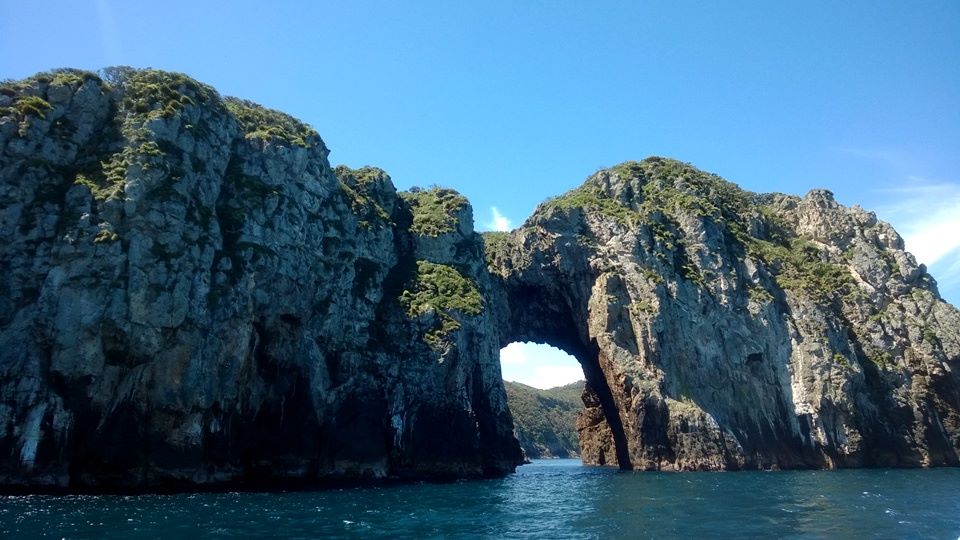
The late oceanographer Jacques Cousteau rated New Zealand‘s Poor Knights Islands one of the world’s top 10 dive sites. Warm, nutrient-rich currents from the Coral Sea support the marine life there and it’s not uncommon to see apex predators like sharks, dolphins and orcas.
Watching the divers at the Poor Knights Islands
Having learnt that morning that my roommate and I were going to the islands at the same time, I gave her a lift from Whangarei to the Tutukaka marina. Her dive trip was to start three hours before my snorkelling tour but I was invited to join the divers. After all, both were run by the same company. I couldn’t say no to the friendly instructors when they assured me I’d be taken care of. Throughout the trip, the divers and I shared the same lunches, visited the same sites, listened to the same narration about the Poor Knights’ history and laughed at the same gags.
The experiences diverged when we reached Trevor’s Rocks. It was fascinating to watch the divers kit up with their scuba gear–B.C.s, gauges, tanks, regulators, the lot. The number of things that humans need to stay alive in an alien environment is ridiculous, yet I wanted to live on that edge too. In the open ocean, the walls go pretty deep. If the divers only saw a small fraction of the fauna, I was seeing an even smaller one. Being restricted to the surface or breath-hold dives wasn’t enough and I would have loved to join them at depth too.
Soon enough, they disappeared beneath the surface; there was peace until a school of trevally crashed its way through.
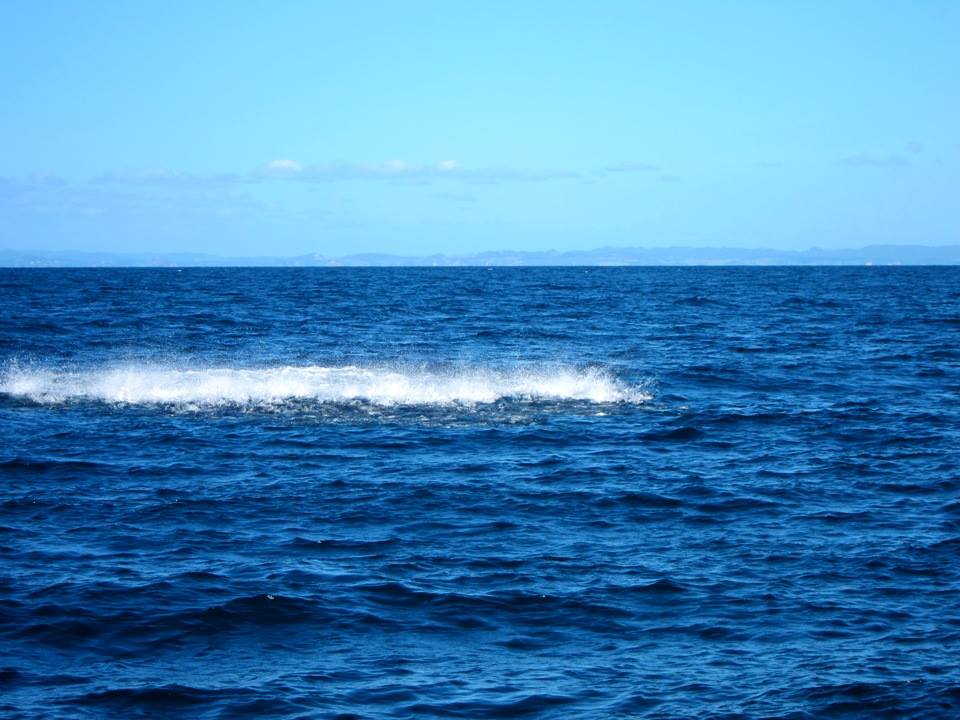
Suiting up for snorkelling
I was the only one left on board with the skipper, fins, mask and snorkel in hand. The sunshine bounced off the water and the white paint, baking any skin that my wetsuit left exposed. Things could be worse, I guess.
There was no time for moping, though. Folks were working to ensure that I enjoyed myself when they probably wished they could be in the water too. As promised, the skipper turned his attention to me.
“Swim along the edge of the light. The fish like to swim in and out of it,” he said, pointing to the edge of the shadow cast by the rocks. There was a cave out there that I could swim into as well.
When the lilies that grow on the cliffs are in full blossom, the islands are said to look like Poor Knights of Windsor, a dish that resembles French toast, topped with compote. That didn’t happen on my visit; however, no-one goes there to see them only from the boat. You can’t step foot on them either because it’s both illegal and tapu.
Besides, the view underwater is far more spectacular
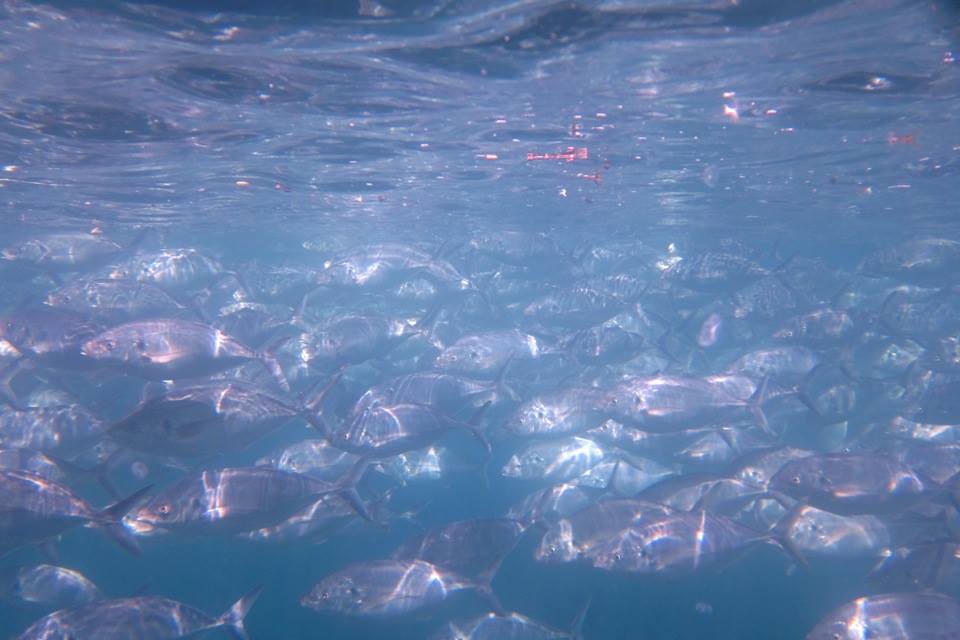
I came face-to-face with that same school of trevally. They shimmered in the watery sunshine as they swam past with their emotionless eyes fixed on me.
The reefs were teeming with demoiselles and it was tricky to see past their spotted purple bodies. On the walls and the seabed, wrasse would flit in and out of the kelp.
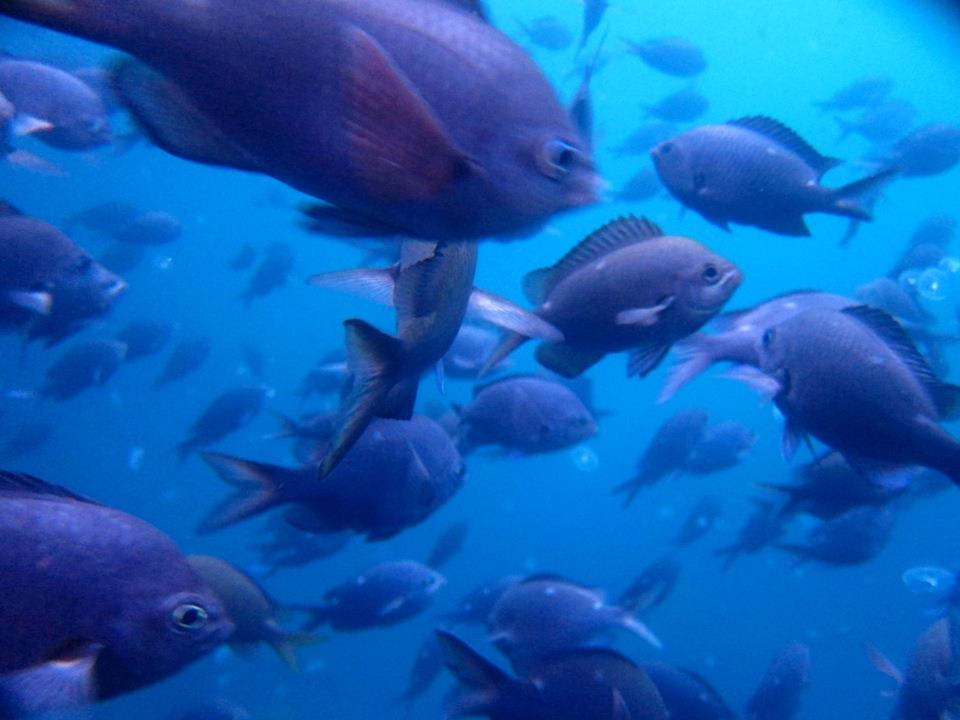
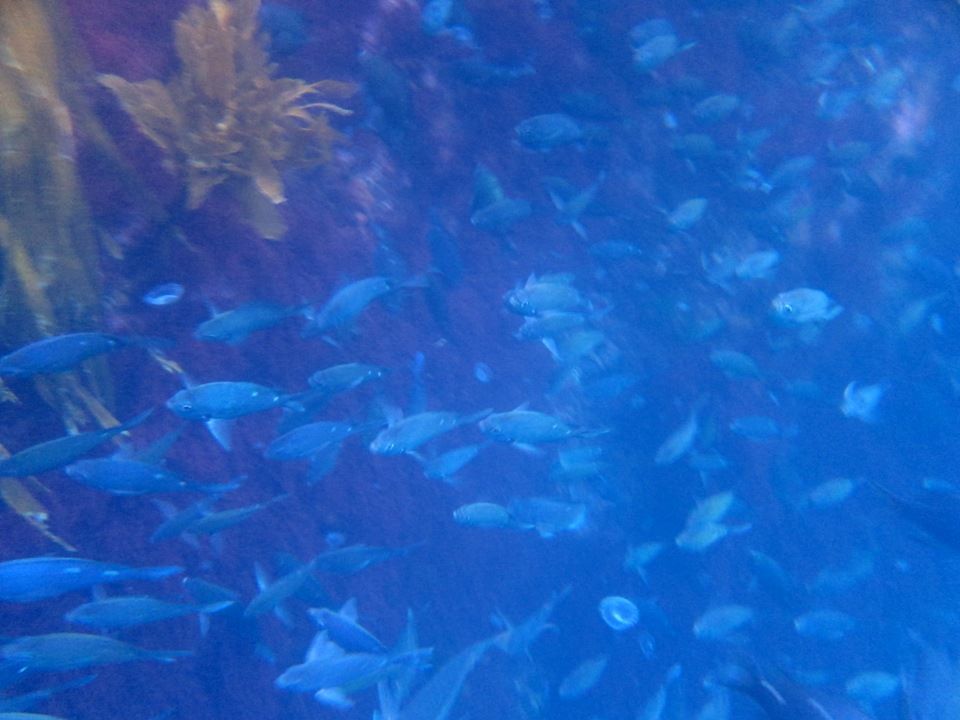
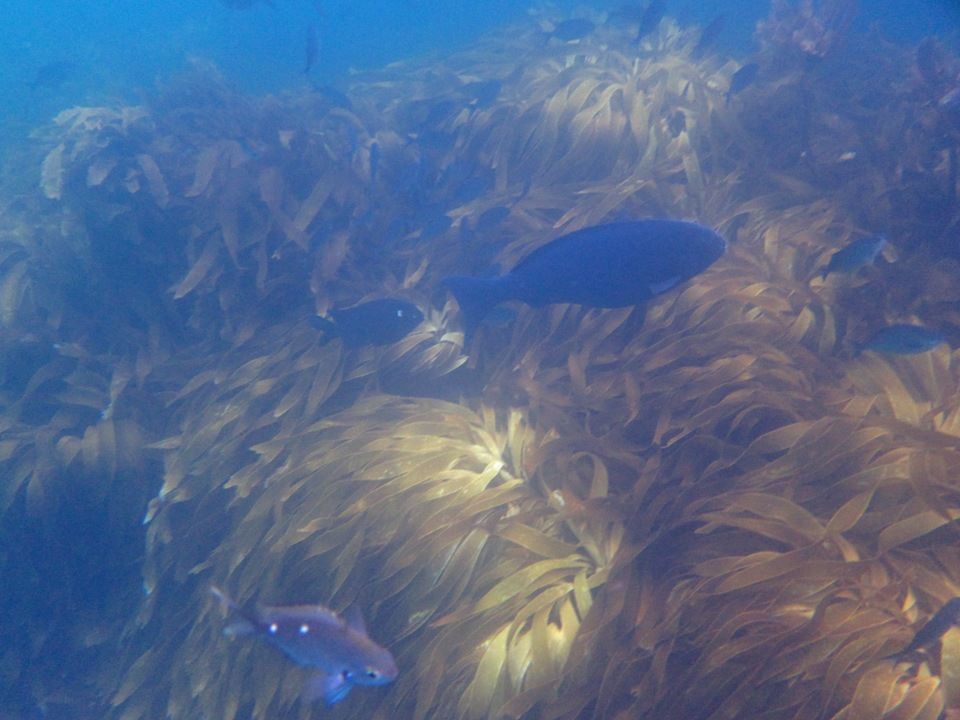
To the human ear, the underwater world is a silent one. You hear only the sound of your own breathing. Occasionally, streams of bubbles reminded me that the divers were below.
Following the wall, I managed to find the cave. I hesitated, however, when I saw jellyfish. The Poor Knights Islands are beautiful, but that’s not good enough for me to die there and inconvenience everyone. Thankfully, their stingers didn’t seem to hurt me, if there were even any to begin with.
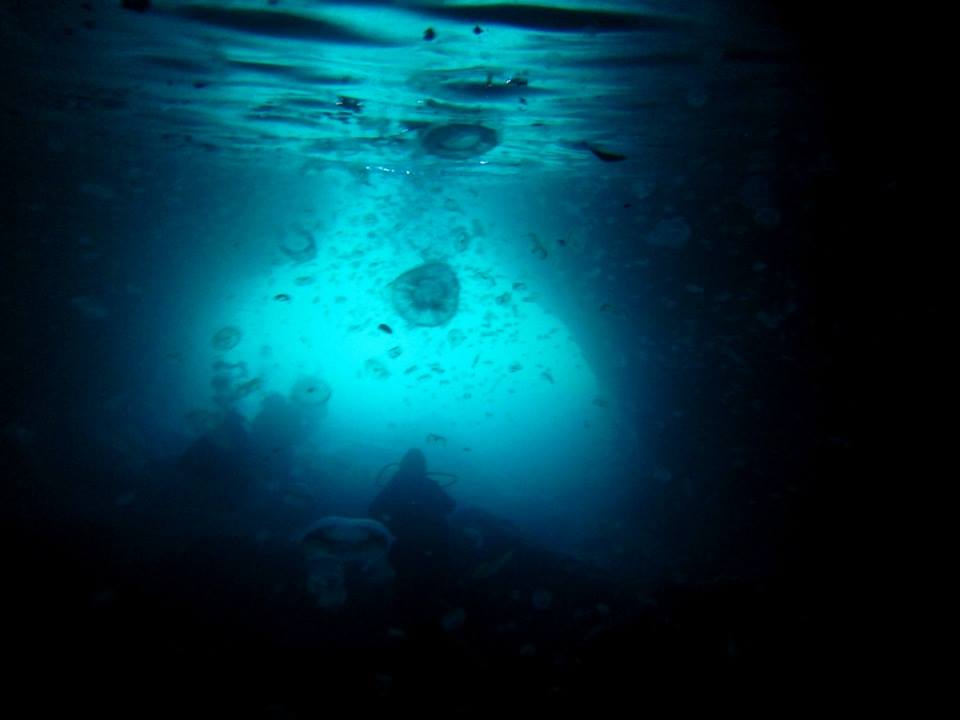
After the divers returned to the boat, we visited Middle Arch and Blue Maomao arch. We did more of the same – well, at least I did by swimming around. There was so much colour on the walls, due to the different types of sponges, and I spotted scorpion fish and stingrays resting on them. After a while, however, I think my mind was saturated and exhausted. I wished I had someone alongside to encourage me to keep finning and breathing through my mouth in 16-degree water.
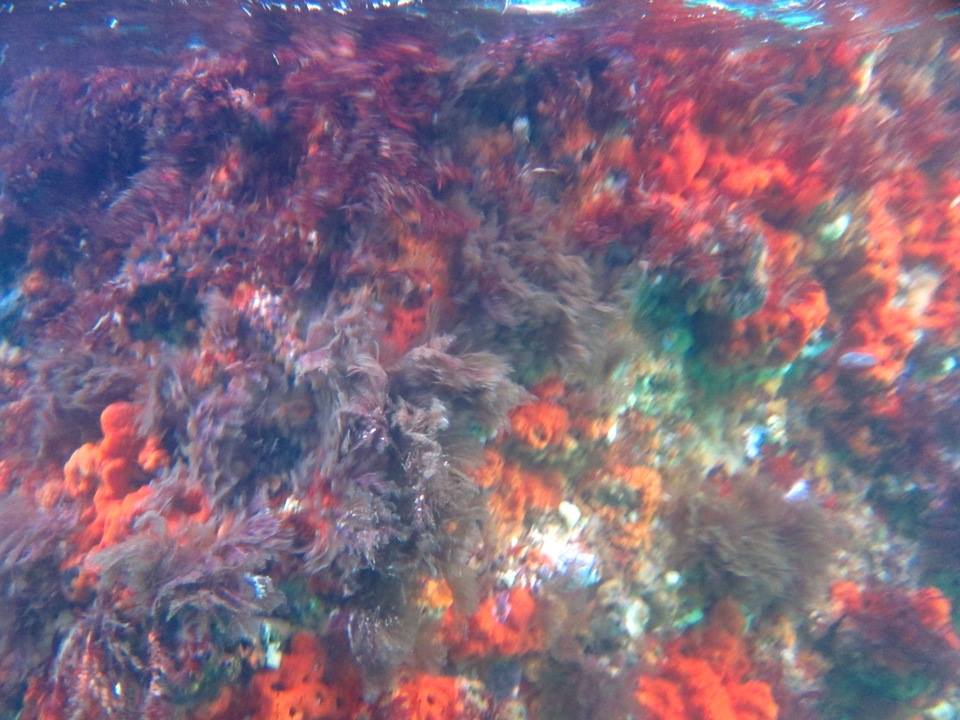
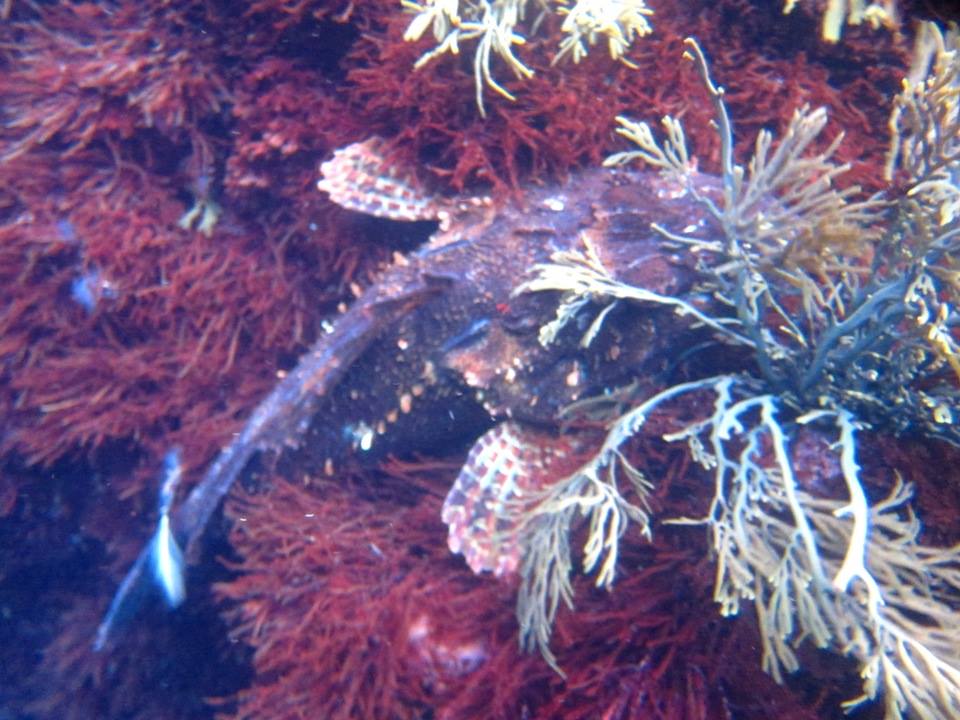
Rikoriko
There were also a few highlights that we didn’t need to get wet for, including a visit to Rikoriko, the world’s biggest sea cave. We sang our hearts out in there – if the acoustics were good enough for Neil Finn, they were good enough for us.
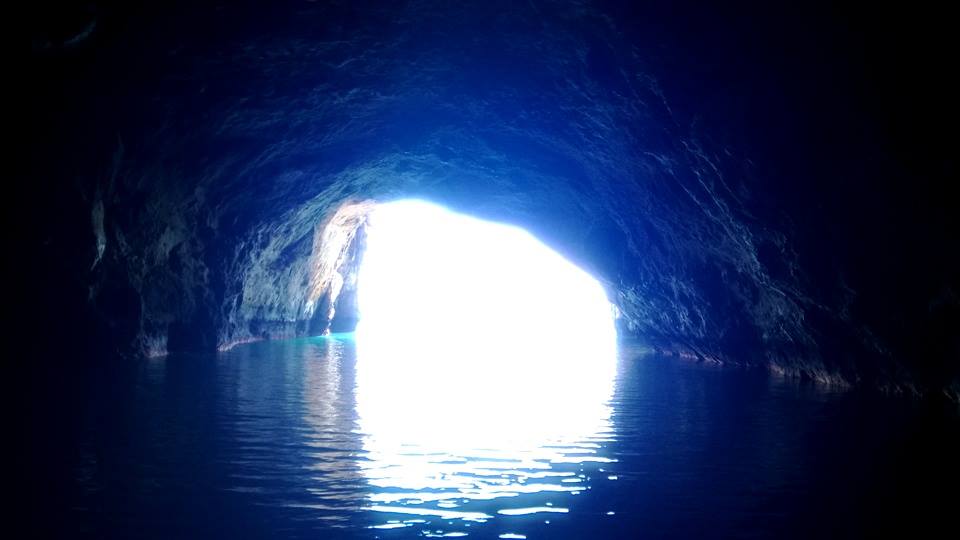
Envy struck again on the way back to the marina. The divers pored over books to identify the creatures that they spotted. There were plenty of nudibranchs and other macrofaunae, it seemed, that they could see at 18 metres and get up close with. I was only scratching the surface by just dipping my head under the waves – from there, anything beyond 10 metres was just a blur shadow. It was also great to have a more experienced person point out the things that I wouldn’t have recognised as a newbie.
As the divers compared notes with one another, I made another mental note. First, I had to get that certificate, then I returned to the Poor Knights to “put things right”. There was way more of the islands that I need to see, and I’ll do it again with Dive Tutukaka – despite all my inner feelings, I really enjoyed the trip, thanks in no small way to the attention they paid me.
Getting to The Poor Knights Islands without a car
Whangarei, 2.5 hours north of Auckland, is the closest big city. While you can make bookings through the Whangarei iSite, to get to the Tukukaka marina, book a dive shuttle through Whangarei Coastal Shuttle.
What else did I do in Whangarei? Visit Whangarei Falls and find glow worms in Abbey Caves, that’s what.